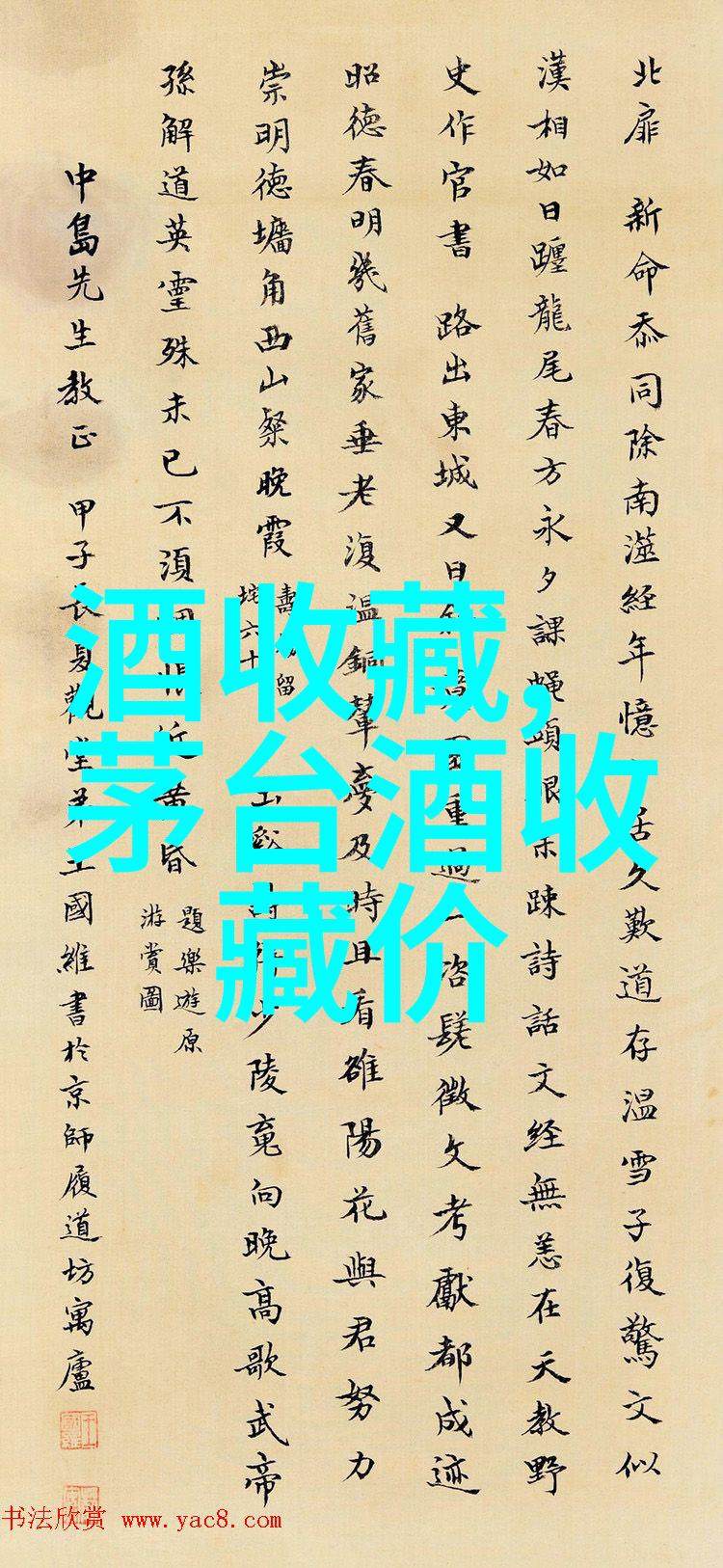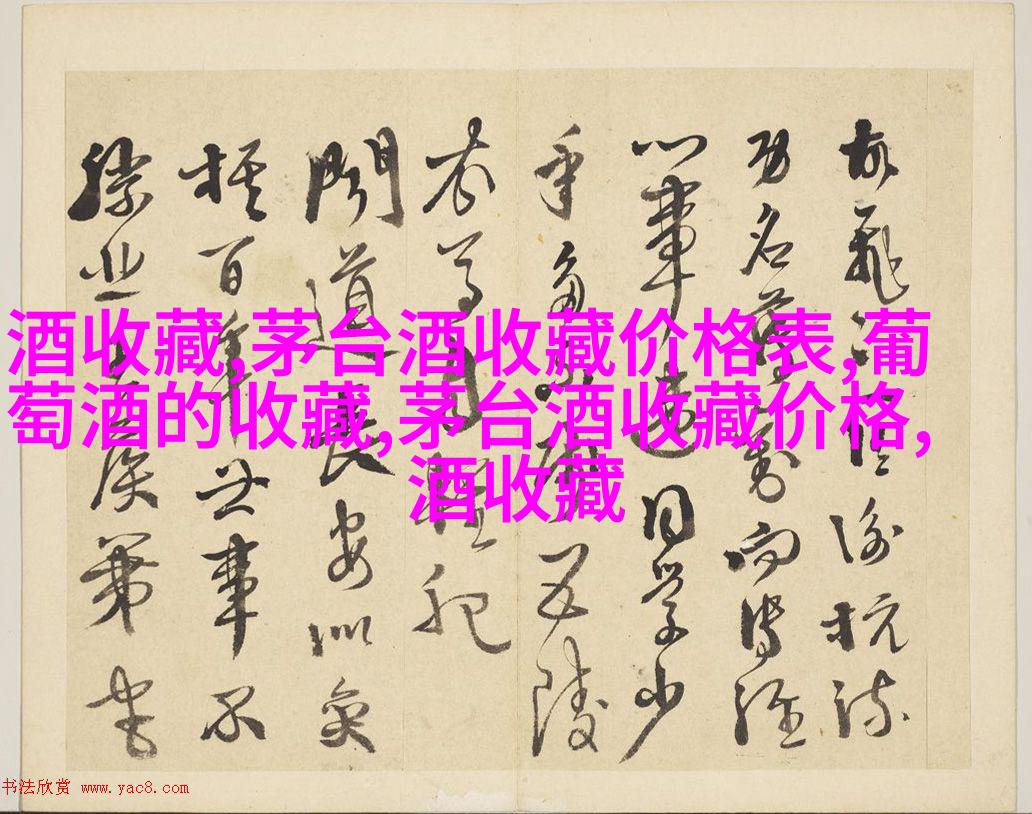从采摘到瓶装:深入解析果酒酿造的关键工艺流程

在一片郁郁葱葱的果园中,勤劳的手picked up juicy fruits. These aren't just any fruits, but the finest selection for making fruit wine. The process of transforming these fruits into a delicious and refreshing drink is a complex one, involving multiple stages that require precision and care.
The first step in the fruit wine production process is harvesting. This is where the quality of the final product begins to take shape. Fruits must be picked at their peak ripeness to ensure they have the right balance of sweetness and acidity.

Once harvested, the fruits are taken to a processing facility where they undergo cleaning and sorting. Any leaves or stems are removed, as well as any unripe or rotten fruit that might spoil the batch.
Next comes crushing or pressing, which releases the juice from within each fruit cell. The choice between crushing and pressing depends on factors such as fruit type (e.g., soft-skinned grapes versus hard-skinned apples) and desired level of extraction efficiency.

After juice extraction comes fermentation – perhaps one of most critical steps in producing high-quality fruit wines. During this phase, yeast converts natural sugars present in grape juice into alcohol while releasing carbon dioxide gas through secondary fermentation processes like racking transfers with minimal disturbance possible when handling sensitive batches during aging periods without adding too much oxygen content because it will cause off-flavors if there's not enough room left inside bottles after filling them tightly before sealing them by hand using wax seals made from beeswax candles dipped once per bottle cap thread area so each seal has its own unique scent depending on how many times it was used—this method allows consumers who appreciate traditional craftsmanship appreciate these artisanal products even more than mass-produced alternatives since everyone knows every single step involved throughout entire manufacturing process; however commercial producers rely heavily on modern technology for efficiency purposes which may result higher costs due lack human labor force available locally today compared then historical practices implemented centuries ago:
1st stage: Primary Fermentation

2nd stage: Secondary Fermentation & Aging
3rd stage: Bottling & Packaging

In conclusion, creating an exquisite fruit wine requires meticulous attention paid to each component along its journey - from selecting ripest fresh produce for harvests all year round regardless weather conditions outside; thorough cleaning sorting out defective items before extracting valuable juices carefully through specialized machines designed specifically only work best under optimal conditions set forth experts with years experience working closely together maintaining highest standards across industry ensuring consistency taste consistently delivered every time no matter what kind variety chosen consumer preferences dictate market trends shifting rapidly ever changing world around us constantly seeking better value proposition while remaining committed long-term goals building strong brand reputation over decades generations ahead future-proofing successful business model continuously evolving adapting new technologies materials methods techniques we've never seen heard about yet!
